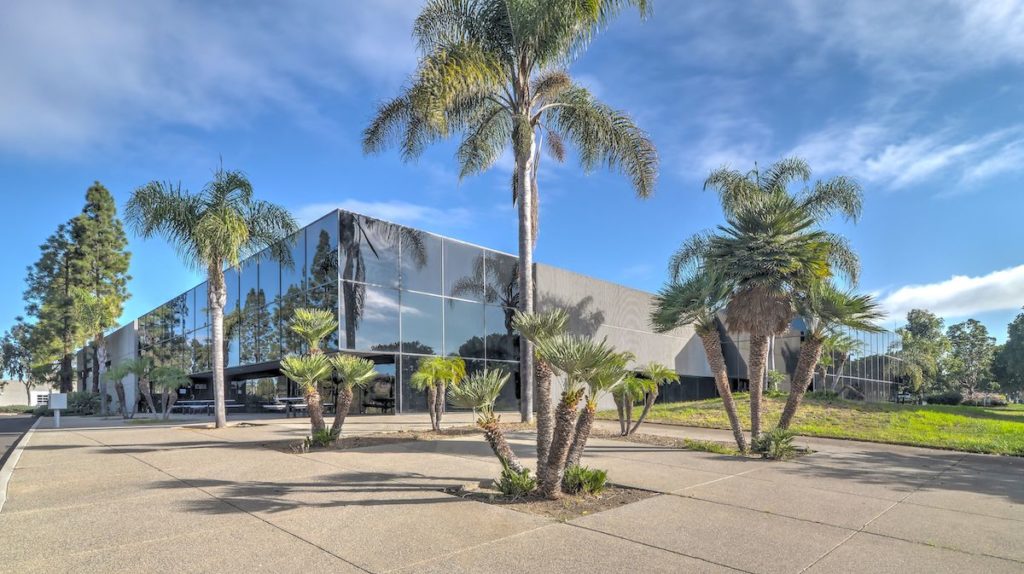We are feeling it at the gas pump, the grocery store, our favorite restaurants and pretty much everywhere we go.
News about the spike in inflation is unavoidable. It is a top-of-mind issue for all of us because we feel it every time we buy something or set a price for items we sell.
Perceived as transitory by the Fed at first, the central bank has definitely changed its tune and admits that inflation has metastasized into the entire economy. Its initial response has been to end quantitative easing (the buying of US Treasuries and mortgage-backed securities to increase capital flow) and raising the Fed Funds Rate off the zero line, with more, and perhaps larger rate hikes in the offing over the next few months.
It now appears that the US Economy is in a wage-price spiral that is likely to get worse before it gets better. Once prices start going up, the expectation of even higher prices adds momentum to the spiral. Historically, it is a very difficult phenomenon to control and the Fed has a spotty record on taming inflation without sending the economy into recession. Add the fact that many believe the Fed itself is the cause of excess inflation in the first place, and we have a proper mess on our hands. And, the US isn’t alone. Inflationary pressure is building around the world and other central banks are also taking action.

The Fed’s primary monetary tool is the control of the cost of capital. Until recently, it has done everything possible to keep private and public borrowing costs down. In doing so, it expanded its balance sheet to nearly $9 trillion in mortgage-backed securities and US Treasuries, all of it acquired with currency created in computers and magically transformed into “real” money. As bizarre as that sounds, it is exactly the case and those who have been around to feel the consequences of radical monetary stimulus in the past are starting to get a case of déjà vu, us among them.
As the Fed bumps up the Fed Funds Rate and begins to shrink its balance sheet in the coming months, commercial property mortgage rates will most certainly rise in response. We have already seen the rate on the SBA 504 mortgage, the most widely used in owner/user transactions, more than double in the last 18 months to 4.62%. At the same time, sales prices have risen by 30% or more in the past year, and that combination is giving pause to more and more buyers who are walking away from deals that were so difficult to find under conditions of tight supply.
In other words, things have now gotten crazy enough to change behavior. In our experience, that is the precursor to correction. The psychology changes first, followed quickly by measurable change in the demand/supply equation. As demand falls off, supply will increase, as many of those who were considering near-term dispositions, bring their properties to market to get out before the market shifts in earnest. Timing markets is tricky business under the best of circumstances, but with all that is happening economically and geopolitically, all bets are now off.

Our recommendation is for anyone who has been seriously considering a disposition in the next few years should do so immediately. Even if the market experiences a mild correction, it will probably take five years or more to recoup lost value and reach another peak. One only has to review the market metrics of the early 1980’s, 1989-1994 and 2008-2010 for a good reference. Does this make us sound alarmist and opportunistic? To some it might, but we accept that risk as our responsibility to you as we face the potential fallout from the worst inflation in over 40 years.
If you’re looking to buy and plan to hold for the long term, acquiring property even at today’s price point is still a viable option. Orange and Los Angeles counties are both at infill status with very little new construction. So, whatever you buy, it is essentially irreplaceable, which bodes well for future price appreciation. And, even though mortgage rates have risen, they are still historically low, but are sure to rise much higher in the coming months. Buyers should be looking at holding for seven to ten years, or more.

So, it all comes down to your personal timing and strategy. Unfortunately, a lot of property owners don’t have a strategy other than to delay selling because they don’t want to pay taxes. To date, that has worked out pretty well, given the prolific run-up in prices we have seen over the last few years. But, every run of good cards will turn sour if you stay at the table too long. If you own an industrial building in Orange County, it is worth twice the previous peak price back in late 2007. Owner/user pricing has reached $400 per square foot or more in many submarkets. We know that sounds crazy, and it is. But, it’s also a fact that you may want to give serious consideration to.


Leave a Reply
You must be logged in to post a comment.